The 2024 Subaru Impreza RS has a nameplate that we haven’t seen since the 2.5 RS in 1998, the good news is it’s back with new styling, a bigger engine, and some nifty features. For 2024 Subaru has intentionally simplified its Impreza line-up, the sedan is gone and there are three trims, and two engines, both with CVTs. The most inexpensive is the Base model, then the Sport, and finally this new RS version.
With this new design, Subaru hasn’t changed the dimensions of their smallest all-wheel-drive car, it retains the same wheelbase, length, and ground clearance as the previous generation, but it’s a little taller and heavier. Subaru has stiffened the body structure by 10 percent and added more sound deadening, which makes the Impreza a little easier on the ears.
It also has a newer dual-pinion electric power steering rack, similar to the one used in the WRX, which has lightened the steering effort somewhat. Subaru has also switched to an electronic brake booster, which has resulted in a lighter pedal effort.
Finally, brake-based torque vectoring, previously only offered on more expensive Imprezas, is now standard across the updated three-trim lineup. That lineup consists of the base Impreza, the Sport, and this one the RS RS.
Exterior
The front features a black front grille and adaptive LED headlights that peer around corners as you drive. The RS gets model-specific dark gray 18-inch wheels wearing all-season Yokohama Avid tires, they are 225/40Rs all round.
One clever feature is the addition of a plastic step integrated into the rear door sills, which is a big help when you’re loading your recently purchased camping equipment onto the roof. At the back, the rear bumper has been restyled, and RS badges are on the tailgate and both front doors.
Under the hood
The 2.5-liter engine puts out 182 horsepower and 178 lb-ft of torque which kicks in at 3,700 rpm some 700 rpm lower than before. This is similar to the unit that can be found in the Crosstrek’s upgraded Sport trim and Wilderness models,
All 4 wheels are driven, and it uses a CVT transmission with an eight-speed manual mode, sadly though, Subaru has killed the manual option. It’s still not quick, 0-60 takes 7.8 seconds which is 1.2 seconds faster than the outgoing model, and for those with a lighter right foot can expect 33 mpg on the highway.
Driving
The changes that Subaru has made are not particularly spectacular but they have made the overall driving experience much better than before, and quieter too. Settle into the extremely comfortable seats, now with extra padding, and the first thing you notice is how good the steering is. The dual-pinion power steering setup, borrowed (with a few tweaks) from the WRX is very direct, and it builds up weight as you add more lock.
Once you get up to speed the little RS is extremely playful and even though the suspension is set up on the softer side it is easy to place into a corner, it has excellent poise and balance. Overall grip is plentiful from the all-season Yokohama tires and the brakes are linear with a nice pedal feel.
The Impreza RS isn’t perfect, it’s let down by having a naturally aspirated four-cylinder, which despite being improved still doesn’t have enough torque. It desperately needs a turbocharged engine, which Subaru has, they just won’t put it into this car. What might help is a manual transmission but Subaru has removed that option because no one bought it.
Interior
Subaru has given the interior a nice upgrade, build quality, design, and comfort are all top-notch. There are surprisingly few cheap or scratchy plastics throughout the cabin, despite the top-spec Impreza RS starting at under $30,000.
Gunmetal and simulated carbon fiber trim serve to guzzy up the Impreza RS’s cabin, which also has sports black cloth seats with red bolsters. The RS steering wheel and shift lever are wrapped in leather and there are aluminum pedals for the driver. For those in colder climates, the RS gets heated front seats and rear USB charging ports.
One annoyance is the lack of height adjustment for the passenger, it’s fine to have manual adjustment while the driver luxuriates with power seats but would it be that costly or difficult to have a hand-cranked seat height adjuster?
Sport and RS trims get an 11.6-inch Screen running Subaru’s latest software, it’s a bit laggy and you have to delve into menus to adjust the climate control despite it having physical temp control buttons. Wireless Apple CarPlay and Android Auto are supported on the bigger infotainment screen, and a smaller, 4.2-inch display is ahead of the driver.
Rear Space
Rear seat passengers have decent legroom but for taller folks headroom is at a premium, however, two USB outlets and a center armrest with two cupholders are provided. Open up the rear hatch and it reveals 20.4 cubic feet behind the back seat. If you drop those rear seatbacks you get 56 cubic feet.
Pricing
Base prices for the Impreza start at under $23k, the RS trim is $27, 800 and this one has the only package, which includes a Harman/Kardon premium audio, tilt and slide power sunroof, and a 10-way power driver’s seat) for $2070. Add destination fees and that takes the price to a little over $31k.
VIDEO REVIEW
Verdict
It’s not the most exciting car to drive which is a shame, Subaru really needs to give it more power since the chassis is excellent, in fact, you could almost call it a junior WRX. The good news is it’s one of the most affordable ways to get all-wheel drive, and it’s also very frugal on gas.
2024 Subaru Impreza RS Numbers
BASE PRICE: $27,885
PRICE AS TESTED: $31,045
VEHICLE LAYOUT: Front-engine, all-wheel-drive, 5-passenger, 4-door hatchback
ENGINE: 2.5-liter DOHC 16-valve flat-4
POWER: 182 hp @ 5,800 rpm
TORQUE: 176 lb-ft @ 3,700 rpm
TRANSMISSION: Continuously variable automatic
CURB WEIGHT: 3,275 lb
0-60 MPH: 7.8 seconds
EPA CITY/HWY/COMB FUEL ECON: 26/33/29 mpg
OUR OBSERVED FUEL ECONOMY 24.6 mpg
CARGO SPACE: 20.4 cubic feet, 56 cubic feet with seats folded.
PROS: 2.5-liter engine makes for zippy progress, tidy handling
CONS: No manual, needs more power

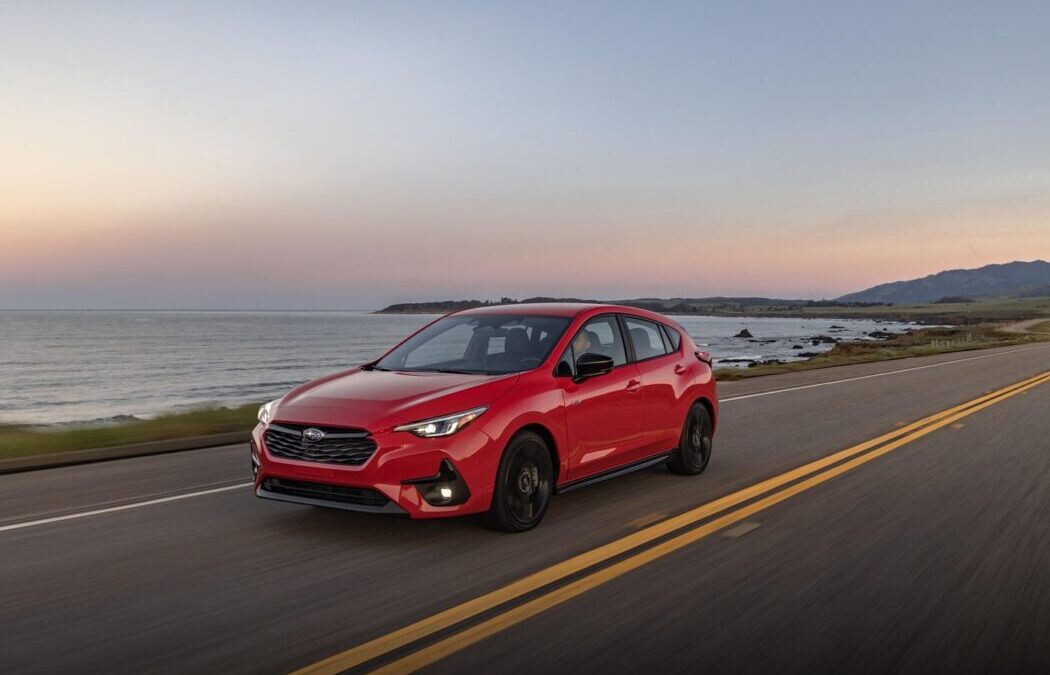
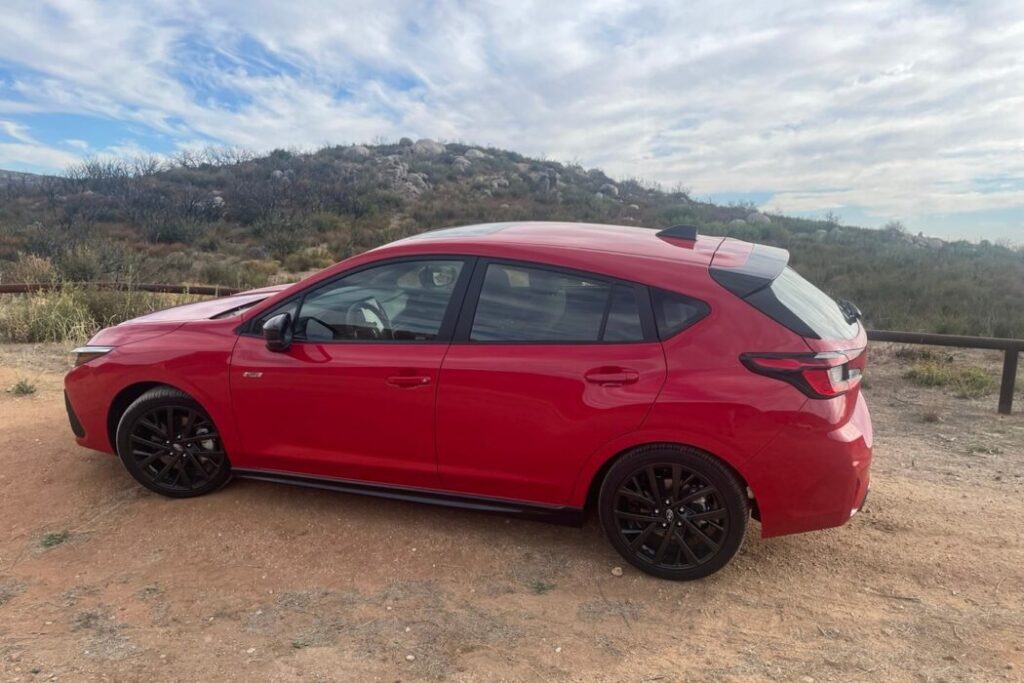
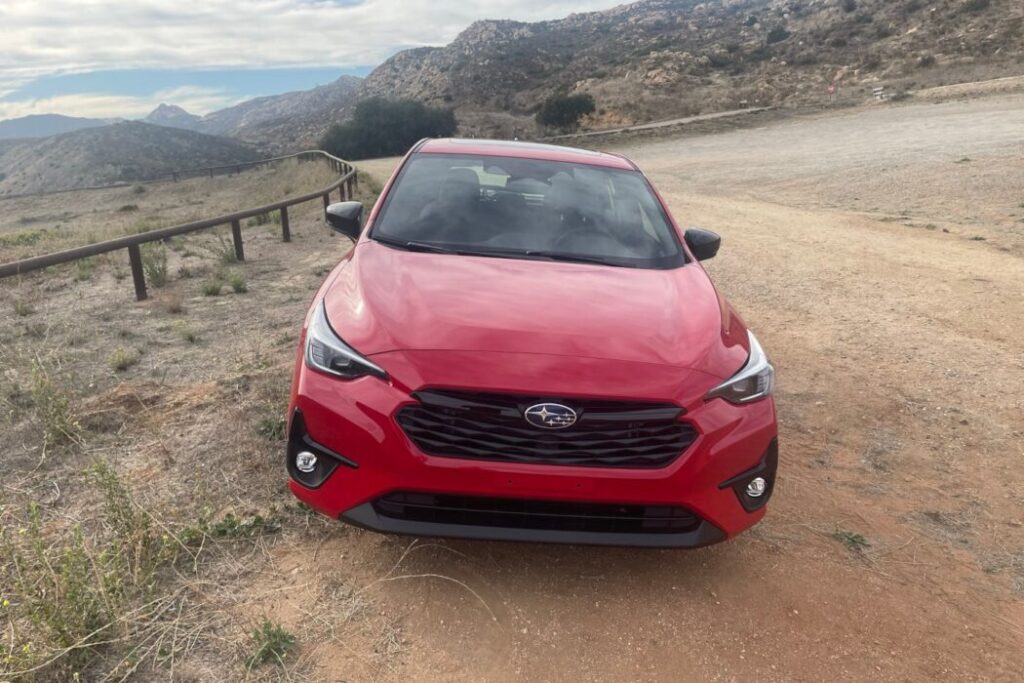
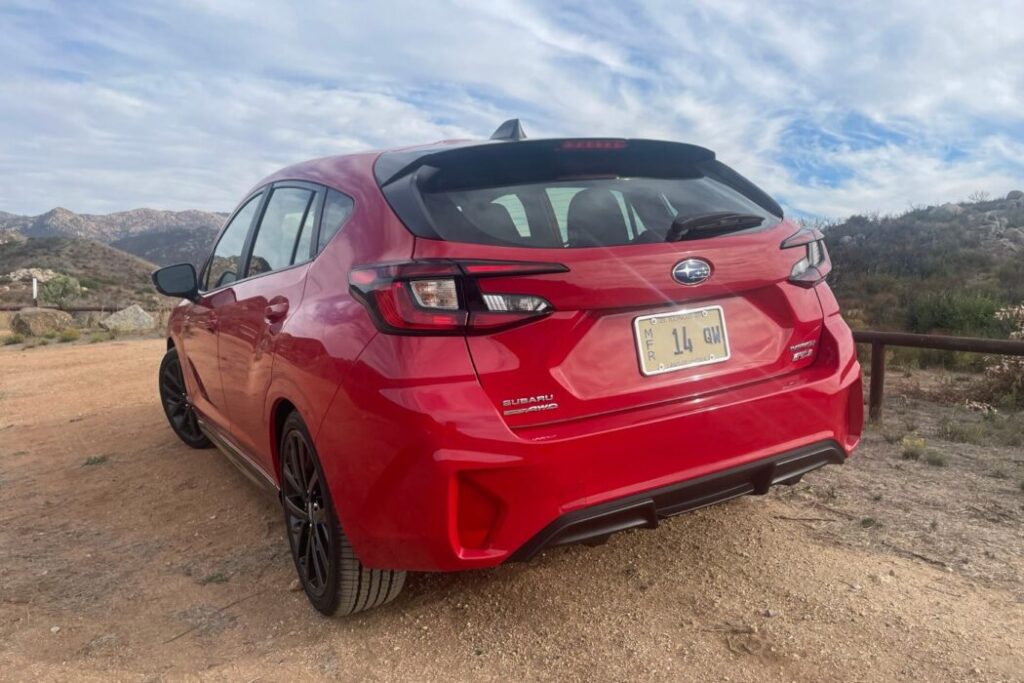
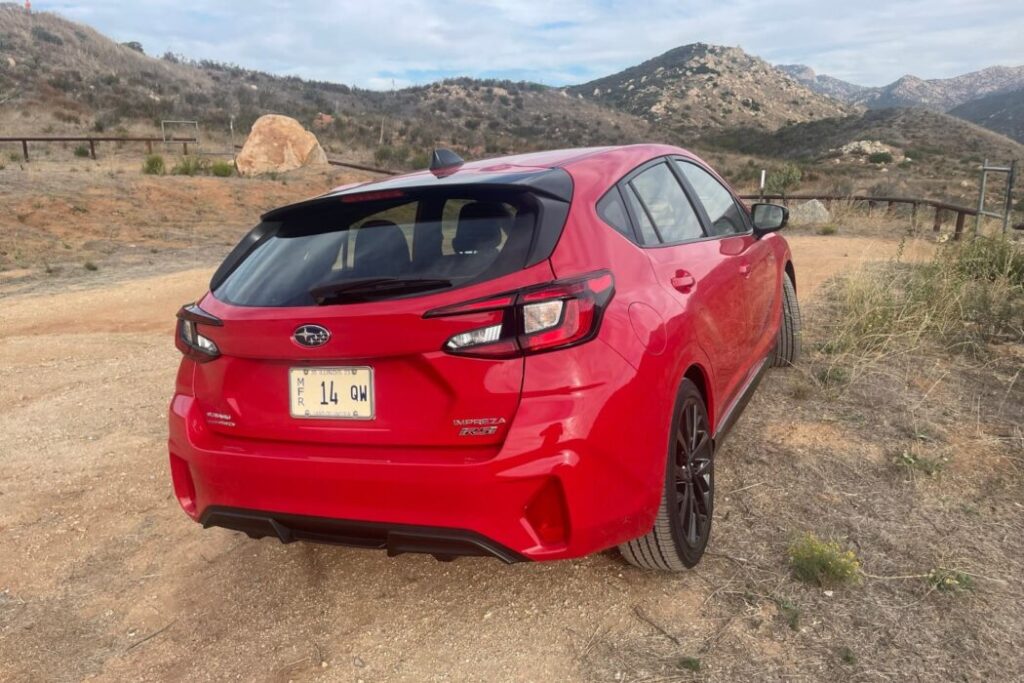
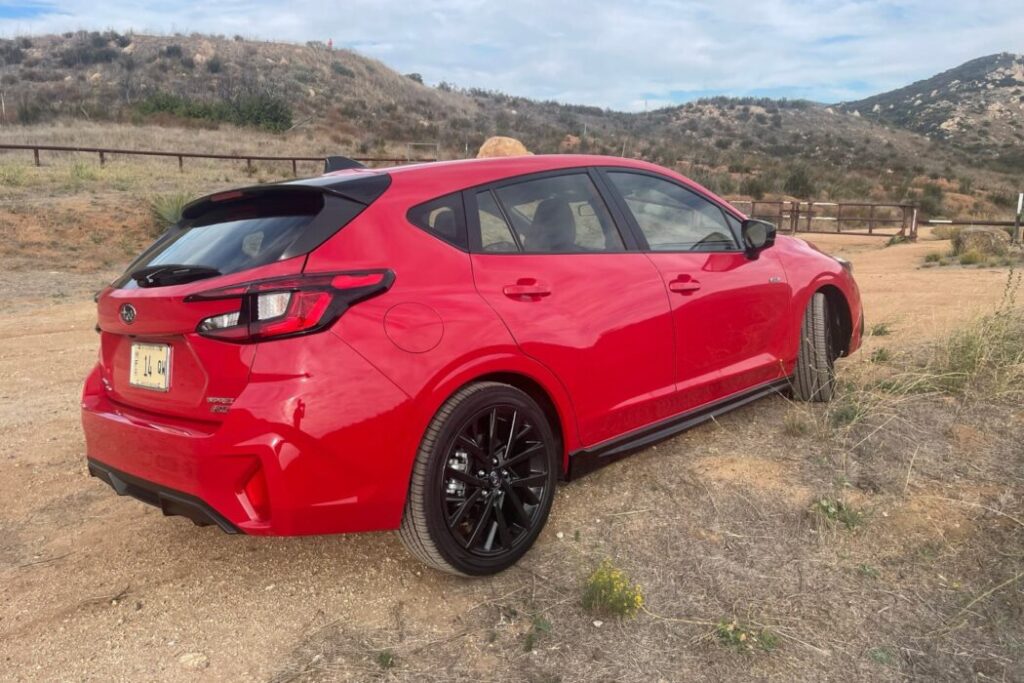
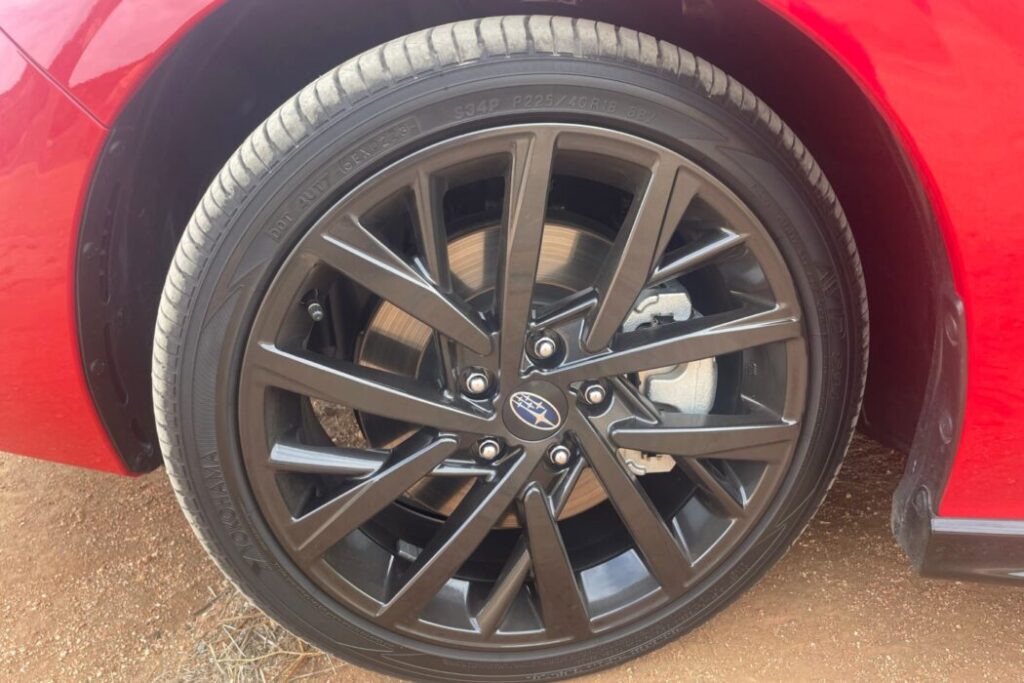
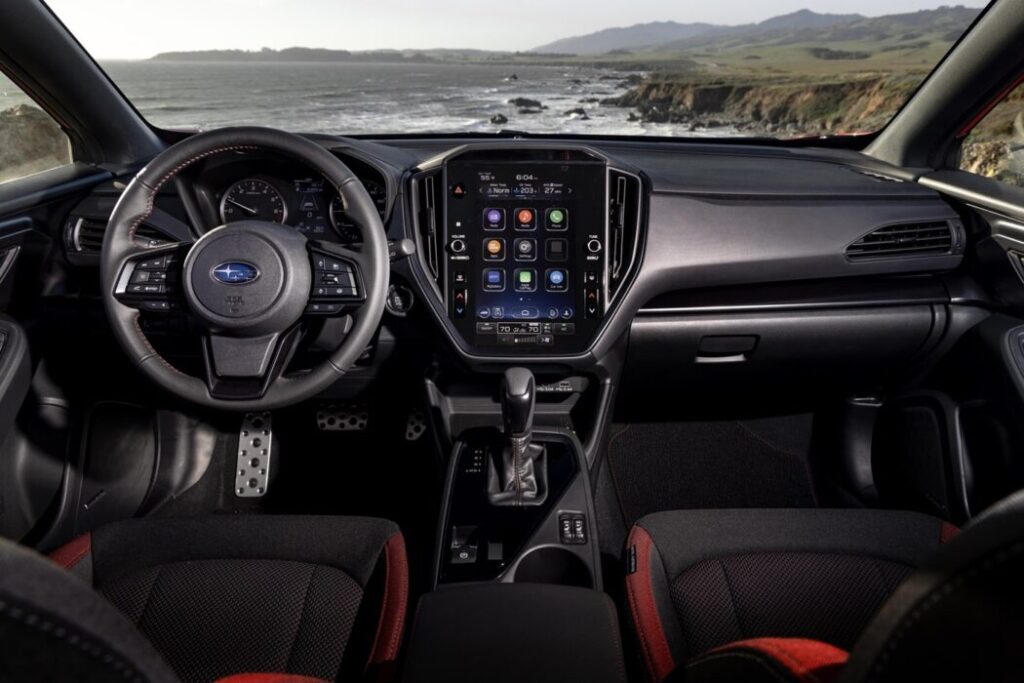
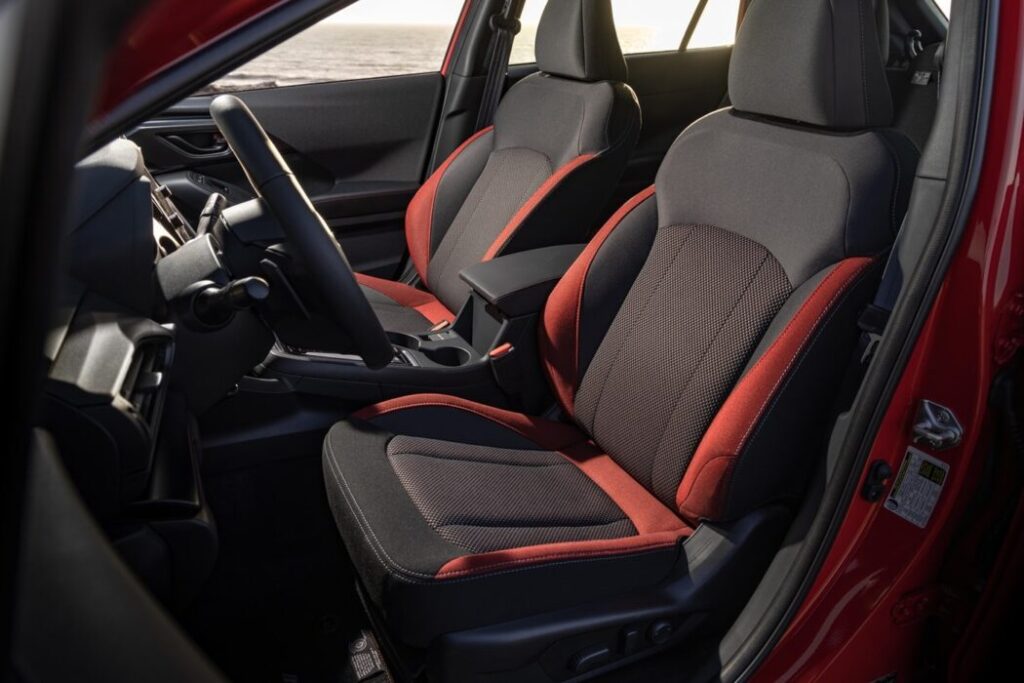
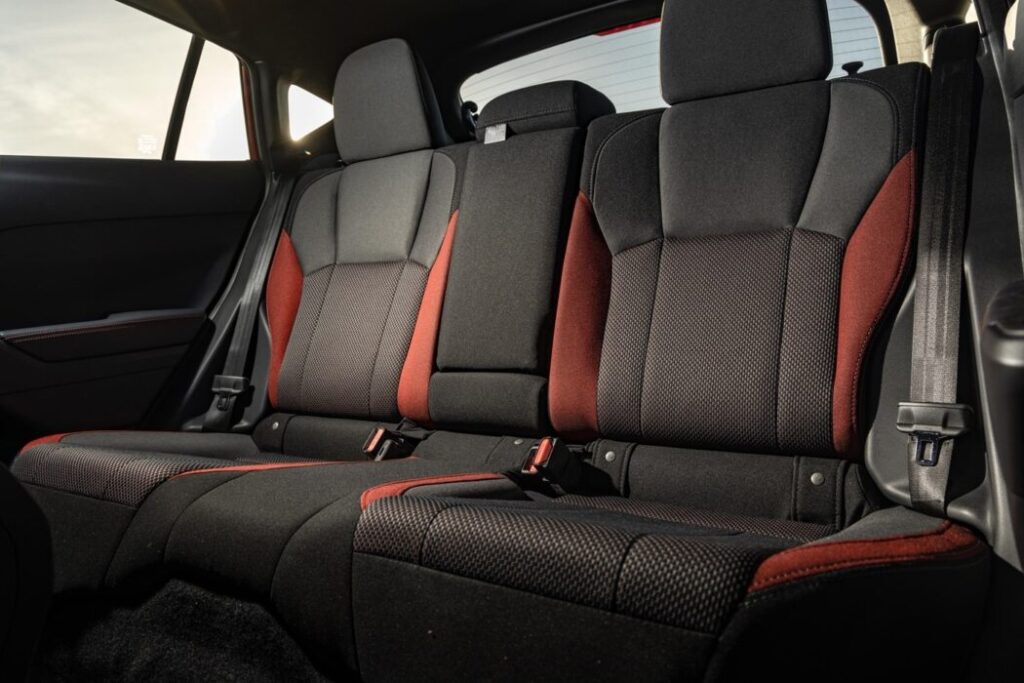
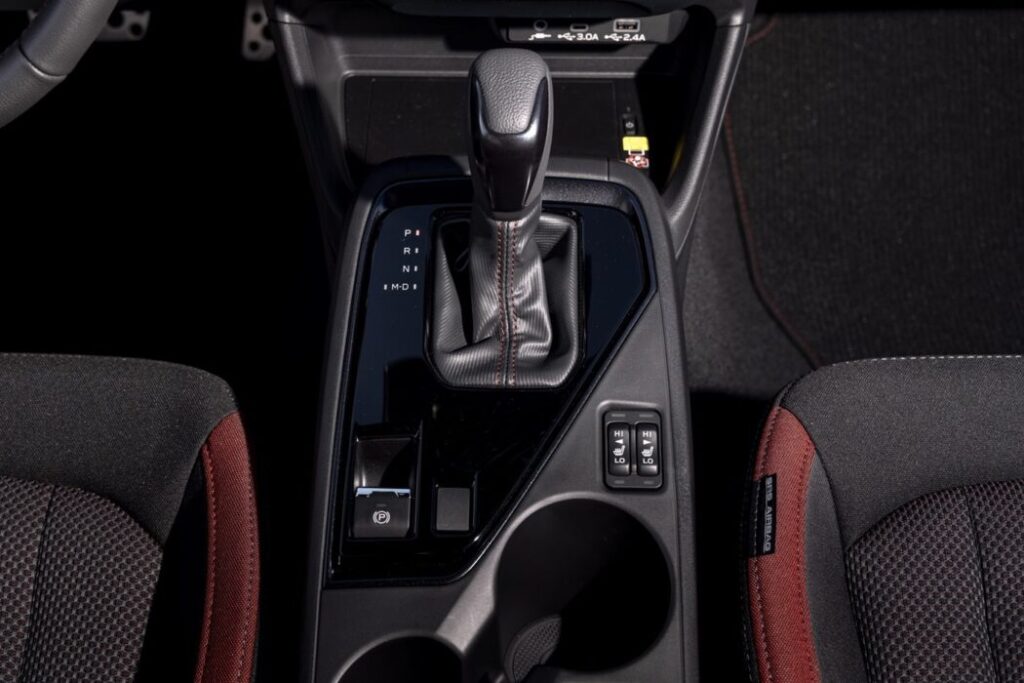
Social Media